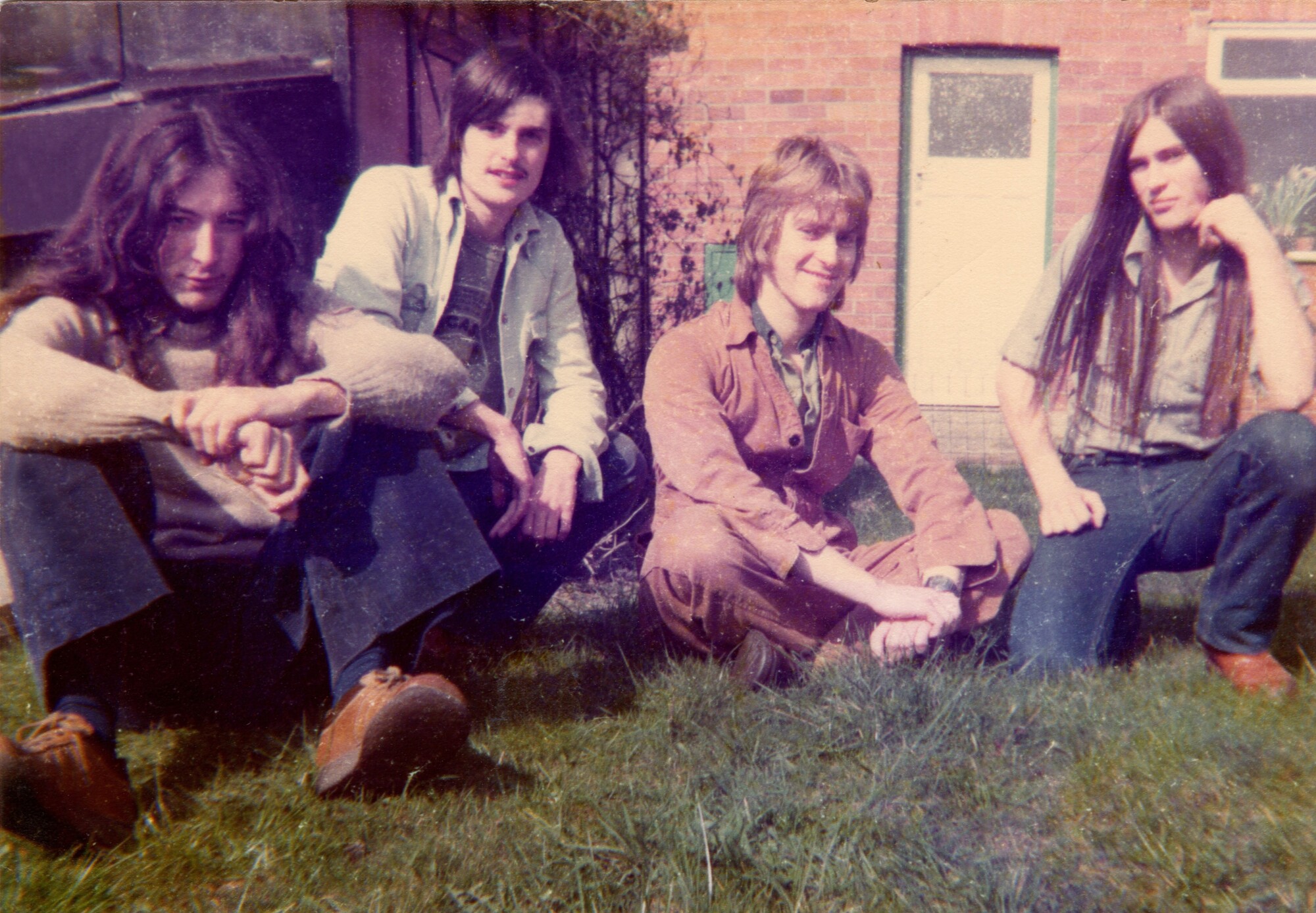Luigi Anada Boys | Interview | Feeling The Ceiling: The Resurgence of Luigi Ana Da Boys
In the heart of West Yorkshire, a group of musicians known as Luigi Ana Da Boys emerged from the pub rock scene, led by the exceptional guitar prowess of Duncan McFarlane. Their debut album, ‘Feeling The Ceiling,’ originally released as a private press in 1978, captured the essence of the era, channeling the spirit of legendary bands like Wishbone Ash and Thin Lizzy with their killer twin guitar attacks.
Despite the band’s limited resources, they poured their heart and soul into the recording process, resulting in a raw and authentic sound that resonated with listeners. While Luigi Ana Da Boys may have eventually disbanded, their music left an indelible mark on the local music scene and caught the attention of renowned DJ John Peel, who championed their work on his radio show.
Now, decades later, the reissue of ‘Feeling The Ceiling’ by the Sommor/Guerssen label brings this hidden gem back to life, allowing a new generation of music enthusiasts to experience the timeless brilliance of Luigi Ana Da Boys. Join us as we delve into the captivating story of this groundbreaking band through an in-depth interview that uncovers the untold tales behind their music and legacy.
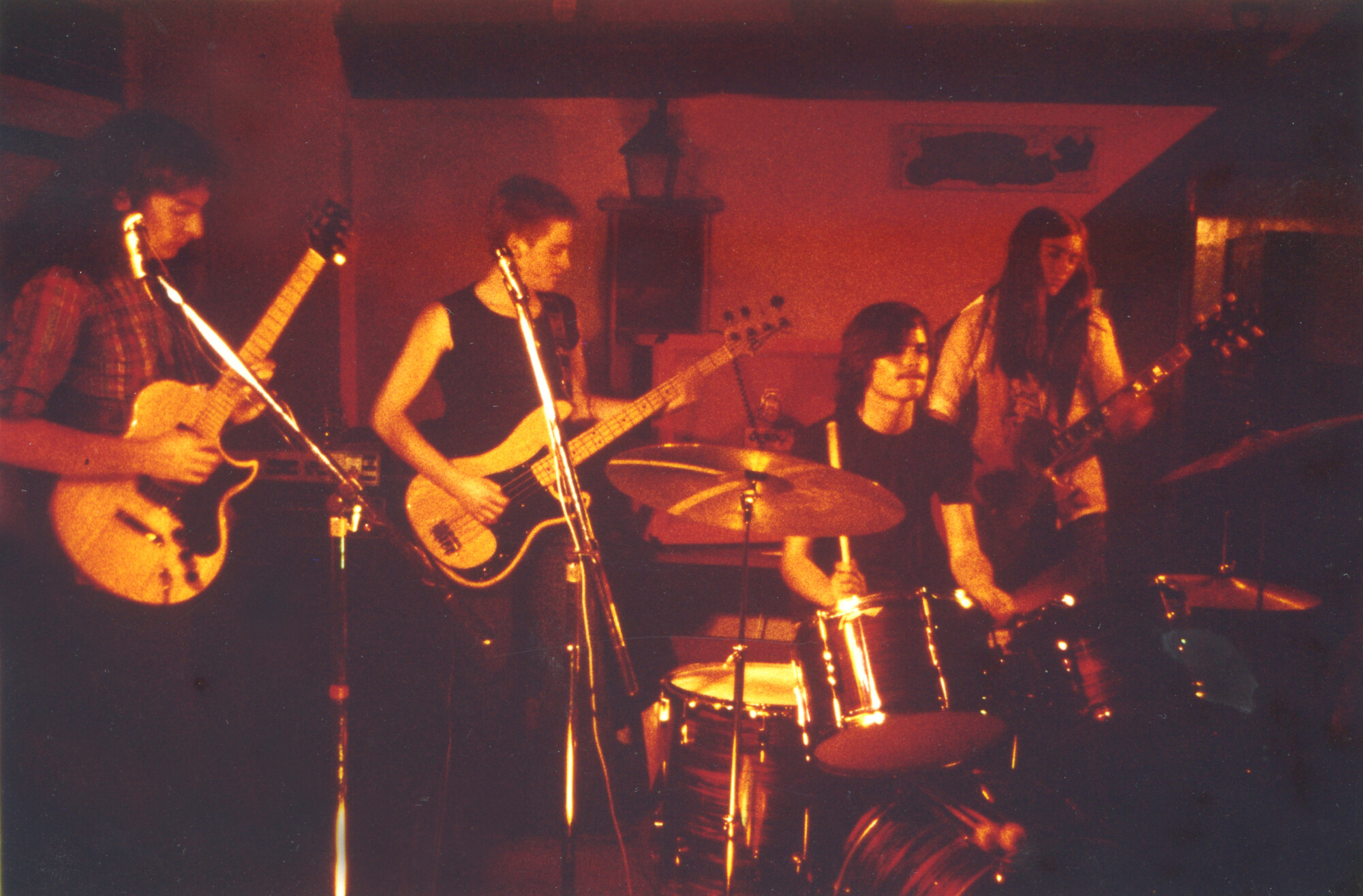
“Making good music and playing it to the best of one’s ability means more to us than the (then) passing phase of spitting and screaming over a wall of thrashed chords.”
Did you ever expect that we would be talking about your album from 1978?
Duncan McFarlane: Not at all. It’s not something I had ever considered would happen, decades later, but I’m very pleased that our music has engendered some interest after so many years of lying dormant.
Are all of you from Leeds, West Yorkshire, United Kingdom? Tell us where and when you were born and where you grew up.
I’m of Scottish origins, from Ayrshire, but the other three lads are all from Leeds.
What was growing up like for you? Did you have a certain place where you hung out with your friends, listening to the latest songs?
Both sides of my family were musical, so I grew up surrounded by it. My father was in the RAF, so we moved around a lot during my early years, exposing me to various types of music. The first concerts I attended were at the Cambridge Corn Exchange from around 1970 onwards, when we were based nearby at RAF Ely. I saw many of the UK’s touring bands from that era there, with the most memorable being Wishbone Ash on their “Argus” tour – I was captivated by their twin harmony guitar attack from the moment I bought their first album. That “sound” was all I ever wanted to pursue. I was also heavily into Folk Music, attending the local club in Ely, which further fueled my love for melody and harmony.
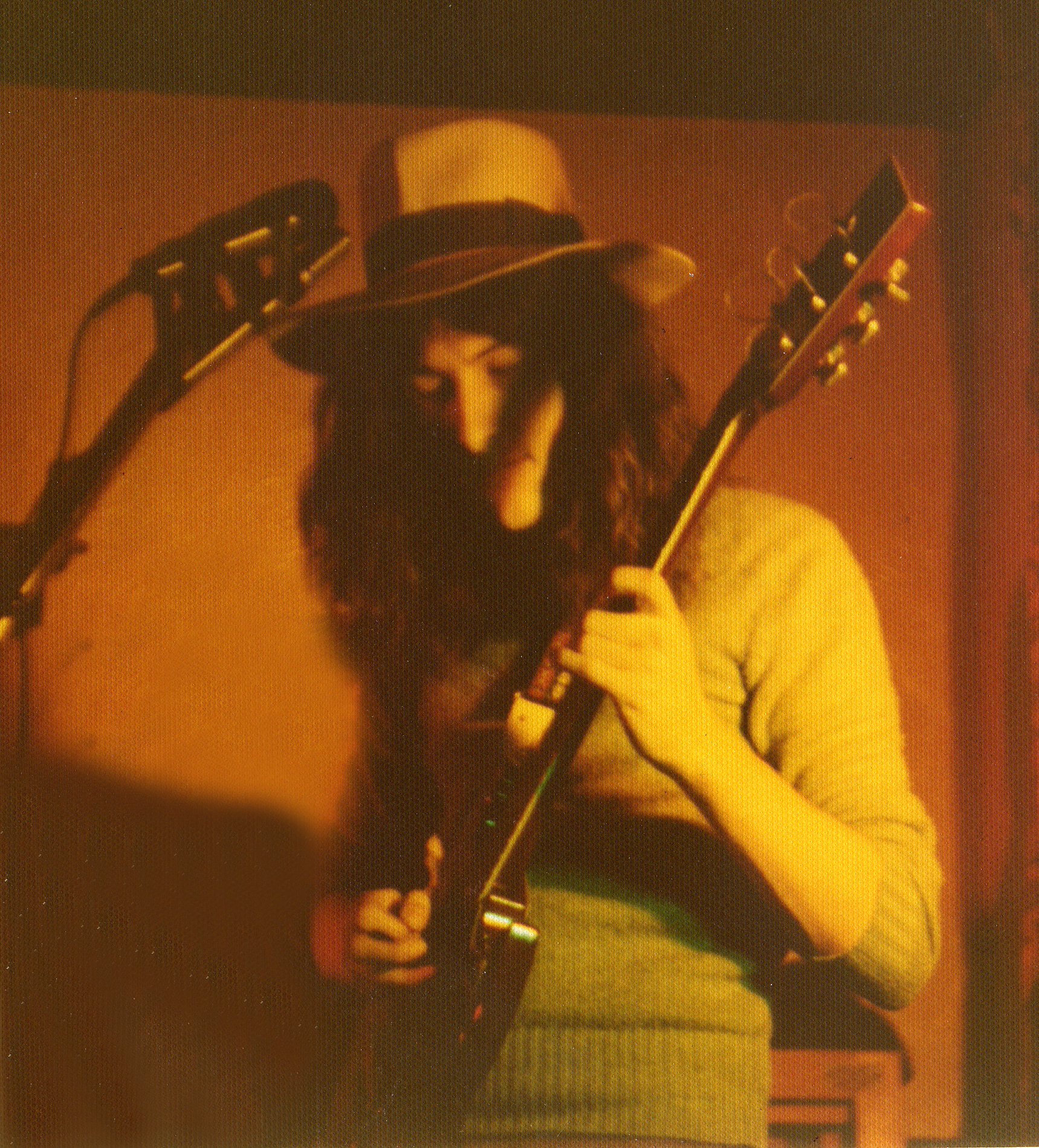
Life in the 60s was very different from today. How do you view it from today’s perspective?
It was a fantastic era to grow up in. The music scene was rapidly evolving, and I was immersed in it, listening to everything I could get my hands on. The Beatles were a major influence for me, and then I delved into Prog and Rock music that really captured my imagination. Bands like Jethro Tull, Camel, and Wishbone Ash (of course!) were pivotal for me, along with Folk Bands such as Steeleye Span and Fairport Convention. These bands heavily influenced my own compositions and musical direction, with melody and harmony being of utmost importance to me.
How did you all first meet, and when did you decide to form the band?
Luigi was the first band experience for each of us. I was working at a high school in Leeds, where I ran a music club for the students. I taught many of them to play guitar or bass, and we would jam endlessly during lunchtimes and after school. Out of these jam sessions, Luigi was born, and suddenly we were on the lookout for gigs.
Your band name is quite unique, how did you come up with it?
We were all out for a meal at an Italian restaurant in Leeds one night after a rehearsal, discussing potential band names. After throwing around several ideas without much success, we overheard a chef in the kitchen shouting something about “Luigi ana da Boys.” We all looked at each other and thought, “why not?”. It may have been a bit whimsical, but for some reason, it stuck. In hindsight, given the current environment of political correctness, we might have chosen a different name. Nevertheless, it is what it is.
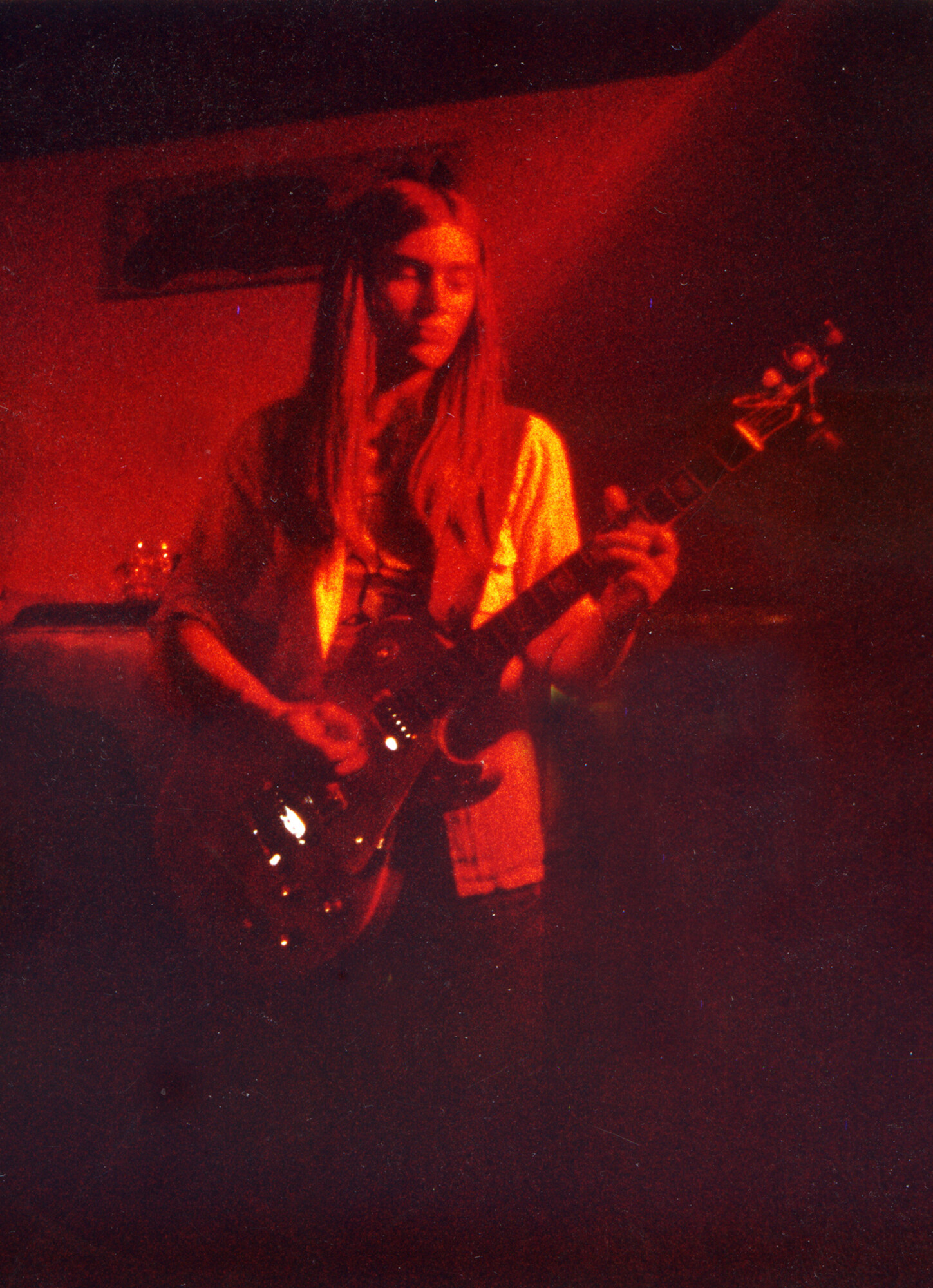
Tell us about the instruments and gear used in the band.
Initially, Rob had a decent Premier drum kit with Paiste cymbals, but the rest of us didn’t have much in terms of gear. My first guitar partner in Luigi, Martin Llewelyn, already had a Les Paul copy and a decent combo. I had purchased a Dan Armstrong combo (on hire-purchase) during college and a Ned Callan SG from a college mate. Dave played a beaten-up Hofner bass that I had bought from a second-hand shop (initially for myself), so he didn’t have one at first. However, he later bought a bass amp and speaker cab (although I forget the make!). Surprisingly, our PA system consisted of two 2×12 cabinets and a six-channel Marshall VALVE PA amp (purchased second-hand from a local music store) without any monitors. At the school where I worked, I built a basic lighting rig, and with that, we started performing at local pubs and clubs.
We pushed ourselves hard, playing gigs within a hundred-mile radius as frequently as possible. We were frugal with our earnings, saving every penny to upgrade our gear. Through our relentless gigging schedule, we were able to upgrade our equipment relatively quickly. For instance, I upgraded to a Gibson L6S (hot off the market!) and a 50-watt Marshall combo. Dave returned my old Hofner bass and purchased a Fender Precision bass and a better bass rig.
After Martin Llewelyn left the band following just two gigs, we brought in Rob’s friend, Geoff Taylor, on guitar. Geoff had a Gibson SG with single coil pickups and a fantastic Orange valve combo. This lineup with Geoff became the “classic” version of the band.
Did you perform extensively before heading to the studio to record ‘Feeling the Ceiling’? What were some of the venues you played during that time?
As previously mentioned, we started off playing in pubs, clubs, and various small venues across the North of England. In Leeds alone, we had regular gigs at least seven different pubs that we rotated between. The more we performed, the more opportunities we had to play larger venues. We even had the chance to perform at a few university gigs, such as at Bradford Uni.
All the while we never wasted the gig money, our intention was to save every pound and put it towards recording the band. Every fee earned went towards our recording fund. We were quite single-minded, determined to achieve that goal.
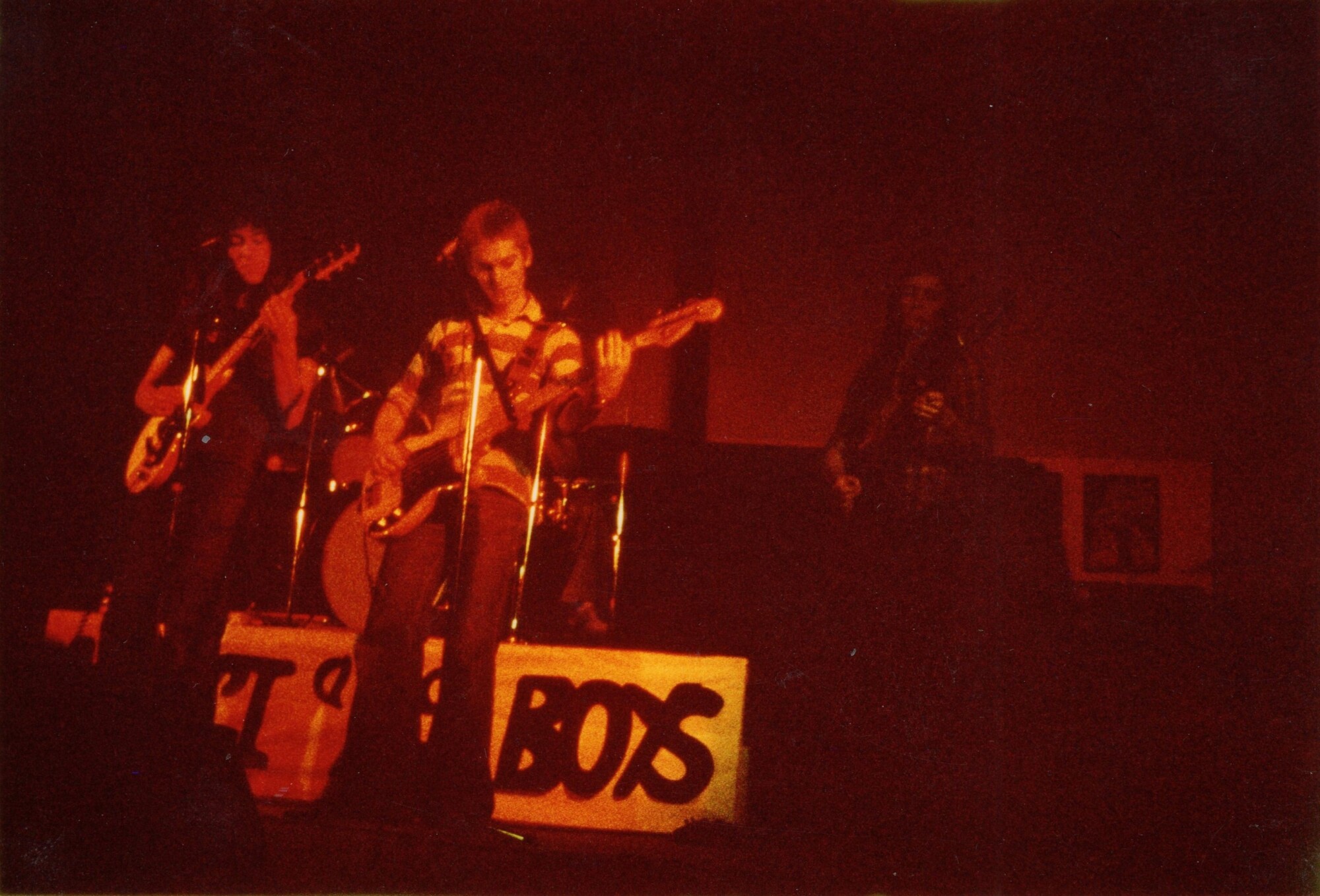
Did you record any singles or other material besides the album?
No, we did not consider recording a single. During the time around 1977, all the bands we knew, including our contemporaries, were producing self-financed singles. It seemed like the standard practice for smaller bands like us back then. While Punk had been changing things since 1976, I preferred writing in a Prog-Rock style, and all of Luigi’s compositions were my own. With our songs averaging several minutes in length, singles did not align with my vision – I was aiming for an album!
“None of us had ever been in a studio before, and we were clueless about how to do things”
Is the album ‘Feeling the Ceiling’ a self-release? How many copies were made, and where did you record and press it?
Our debut album ‘Feeling the Ceiling’ was self-released, the culmination of saving our hard-earned gig money. It was recorded at Petal Studios in Leeds with engineer Derek Deegan at the controls. Although he didn’t help us much with the recording, to tell the truth. None of us had ever been in a studio before, and we were clueless about how to do things. Derek offered us no advice, merely operated the machinery and said nothing as we made blunder after blunder in our naivety!
We were also very concerned about “time” and wondered if we could record everything with the tight budget we were on!
From arriving, setting up the drum kit and backline with all the necessary mics, and making a start on the backing tracks, to making the last tweaks on the final mix, we were out of there having completed the whole thing in just sixteen hours!
We had run out of money, basically. We had held back the exact amount for the glass master, the pressing of just one thousand copies, and a basic plain white sleeve with an info ‘insert’ of paper printed on just one side! Money just wasn’t there for a proper printed sleeve.
Derek sent the master tape off to “who-knows-where” for manufacture, and our only contribution to that side of things was to offer a made-up name for the record label.
As Luigi’s posters were basically a picture of four guys looking like old-fashioned gangsters, we jokingly offered the name “Criminal Records” – so that’s what was printed on the labels in the center of the vinyl LPs.
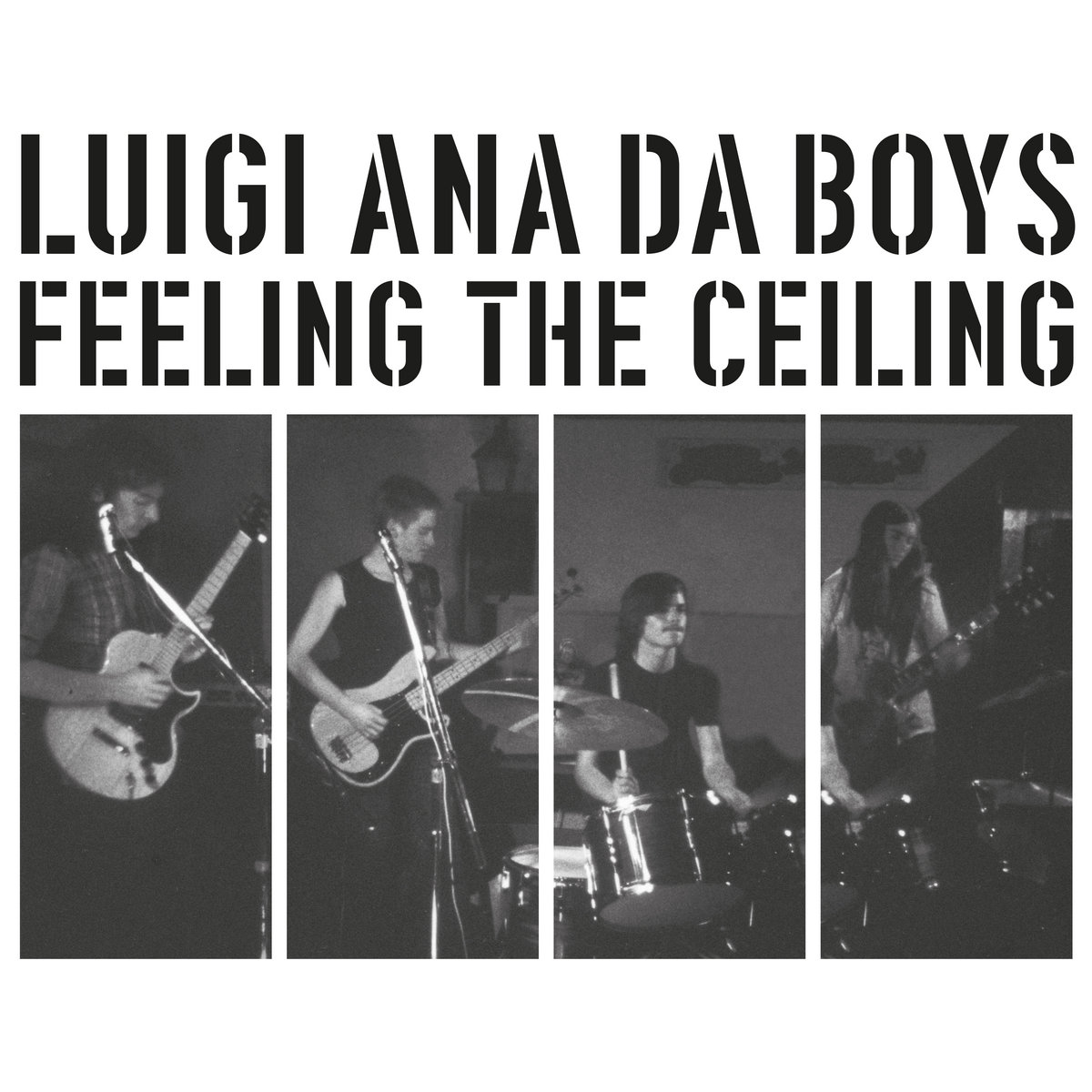
Did you send any of the records to labels or radio stations? Did you get any airplay or offers? Did you also sell them at shows?
We didn’t really do much to promote the album. In the first instance, we basically made the album for ourselves – and to be able to sell our music at gigs. We did send a copy to John Peel at the BBC and were very happy when he elected to play us on his late-night radio show! We thought that was quite an achievement, given that the mood of those years was that Prog-Rock was passé and Punk (then New Wave) was what was wanted. We were determined to stick to the musical style that we loved best.
Strangely enough, that was one thing Derek helped us with. He sent the album off to Chappell Music Co. and I got an offer of a contract from them! It was a thick set of pages, brimming with legal jargon, and therefore quite daunting to me. More on that later!
Please share your recollections of the sessions. What were the influences and inspirations for the songs recorded?
After setting up, we recorded all the backing tracks with just the drums, bass, and my rhythm guitar, and no guide vocals! I just “mouthed” the words at Rob and Dave. They were “live takes,” and if we made too big a mistake, we’d just start again. Only a couple took two, maybe three goes at most. It was a big help that we’d gigged the material so extensively!
Geoff then added his rhythm guitar parts, followed by me doing the lead vocals and most of the backing vocals. Dave then added some backing vocals on a couple of tracks.
Lastly, Geoff and I played our harmony guitar parts simultaneously, adding the individual solos at the same time. Once again, these were almost all “live, first takes.”
All the band stood at the large analogue mixing desk alongside Derek to help out with fading parts up and down – no automation for us in those days!
As for inspirations and influences… There’s no doubt that what I wanted was to hear melody and harmonies, played by twin guitars (as inspired by my heroes, Wishbone Ash), but on my own material, which was undoubtedly a blend of Jethro Tull, Camel, Wishbone, and even Folk.
Listening back, I can hear how much I owe to them all – particularly on the vocal front, to Richard Sinclair (Caravan, Hatfield and the North, and Camel).
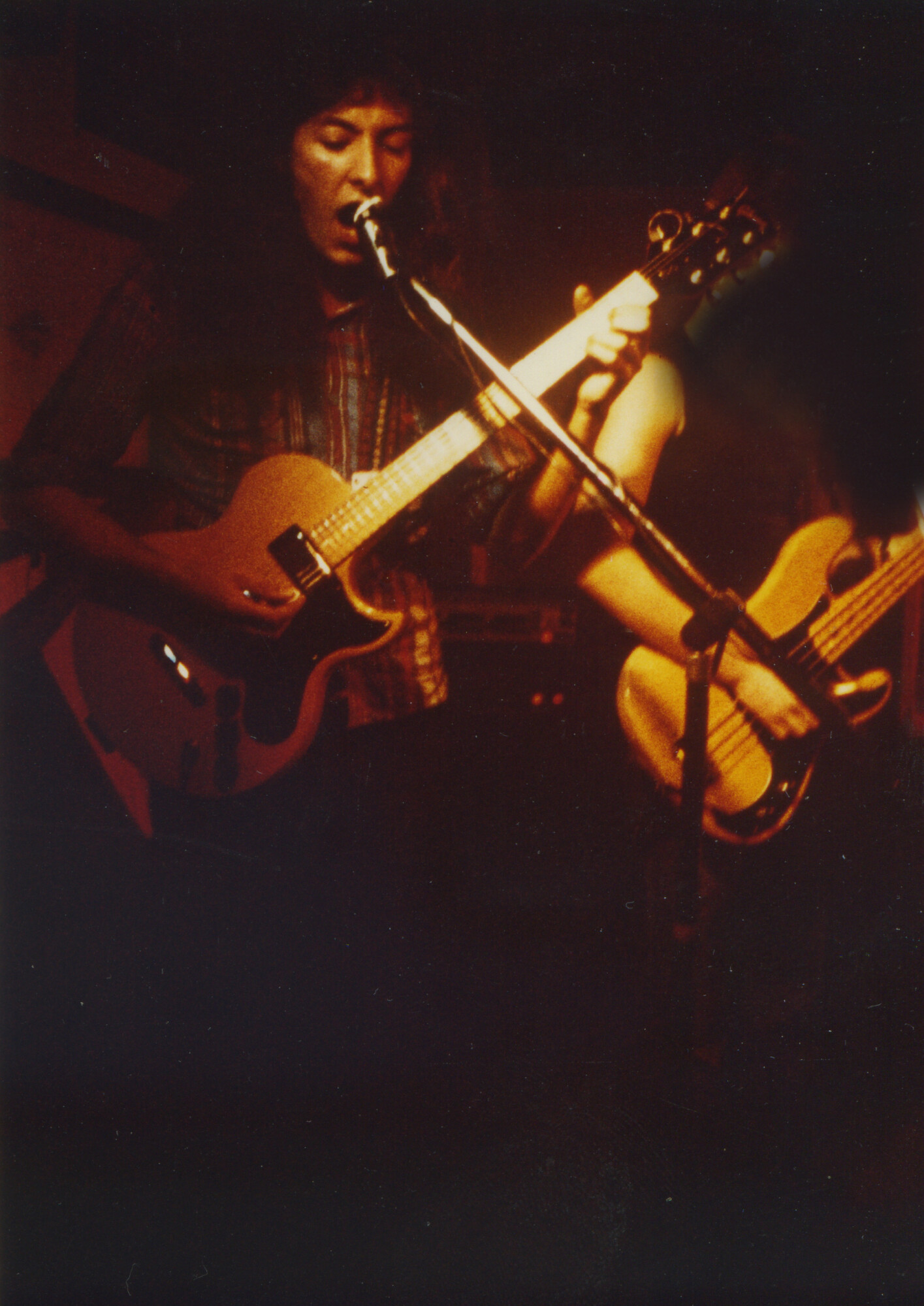
Would you share your insight on the album, track by track?
‘Horror Suite’ came about as I was messing around with two tiny cassette tape recorders and one small, very cheap, plastic microphone. You wouldn’t believe how primitive the setup was! I’d record my ideas onto one of them, then play it back and record the speaker output alongside me playing a harmony guitar part to what I’d put down. Then I’d repeat that process, this time writing and playing the bass part. After a certain number of repeats of any melody, I always felt the need to move on to a new section; so that long track just “happened” naturally, with me simply following where my instinct took me. All of Luigi’s material evolved this way, and I’d present the band with cassette copies of what I’d done so they could learn their parts. I’d even describe to Rob, our drummer, just what I wanted the drums to do at any given moment. The band kindly fell in with my requirements, and I gladly accepted their contributions to tweaking the parts to their taste when necessary.
‘Turn and Walk Away’ is a melody that I love dearly. I have no idea why I wrote a sad lyric about a broken love affair. I was perfectly happy at the time! I’ve always found the music easy to write but struggled endlessly with lyrics. I’ve written some absolutely terrible lyrics in my time, but I do feel this was one of my better ones!
‘Jigalo’ obviously stems from my love of Folk Music. It perfectly sums up that side of me.
‘The End of Some Are Cold’ – Oh yes, the vocal style and lyric content definitely show the influence Richard Sinclair had on me. Luigi was my first-ever band, and I was still to find my “own voice.” I believe I eventually did find it – and use it to this day! But not until after Luigi was over.
‘Suck It and See’ starts with the one riff that’s the only music I didn’t write for Luigi. The band’s compositions are all mine except the opening riff of this piece, which was Geoff Taylor’s contribution. He had nothing to go with it, so I wrote all the rest of the track to build on that one riff.
‘The Last Supper’ has more to do with the end of a night in a pub rather than any religious connection. There was a long, slow section in this piece that we usually played “live,” but it was edited out when we came to record it, to fit within the time constraints of a vinyl LP.
‘Feeling the Ceiling’ was great fun to play ‘live’, a big favorite with our fans! The inspiration came from a photo I saw in “Amateur Photographer” magazine by an Australian chap (I think his surname was Thompson?). It was of a naked woman standing on a chair, reaching up to touch the ceiling, and there was a bust of Beethoven sitting in the corner of the room. The title for this instrumental came from that photo.
‘J’accuse’ is a phrase that stuck with me from an old black and white film I first saw as a child. It was about Richard Dreyfus, a French soldier falsely accused of cowardice and sent to a horrific penal colony. The great Emile Zola published an outcry in a newspaper about the injustice, basically accusing the authorities of a miscarriage of justice. The banner headline was ‘J’accuse’.
What’s the story behind your album name?
Quite simply, we just picked the name of one of the tracks.
When did the band stop playing together and what happened after the band stopped?
Well, the band only existed for just under three years… half of 1977, all of 1978, and most of 1979. Things took a bad turn once the album came out and the publishing contract reared its head. For various reasons, I wasn’t prepared to sign it, and Geoff decided to leave to “find a band that wanted to seriously make headway in the music business,” whereas I made the decision to stay “small,” keep my “day job” and carry on as semi-pros, rather than try to become full-time professionals. Other personnel changes also followed, with just Rob and I the “constants” from the original lineup. While the replacements were top-class players, the initial impetus and feeling had dissipated, so towards the end of 1979 I decided to stop playing. As the frontman and lead singer, that effectively dissolved the band. Luigi had left the building, haha.
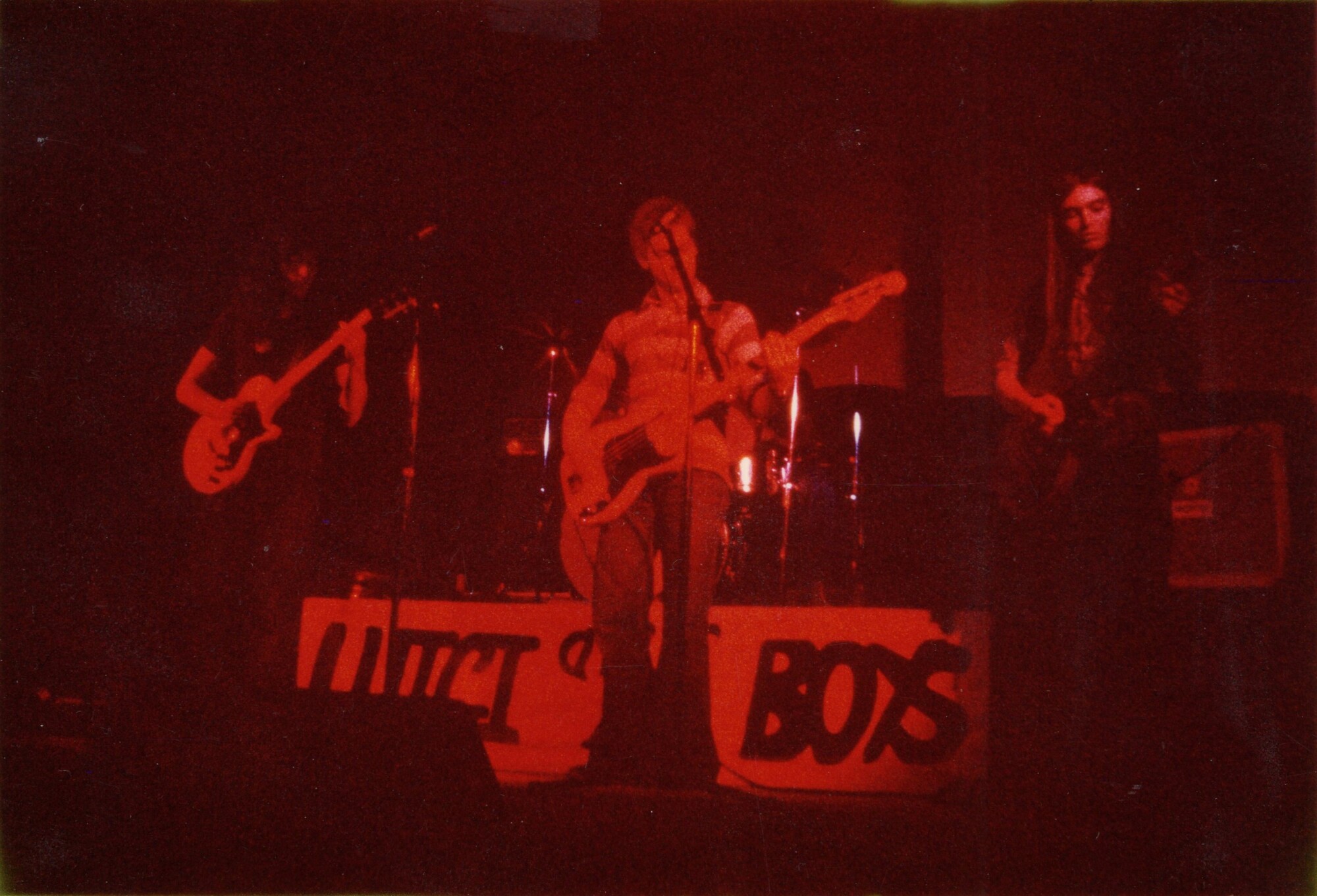
Did you continue playing with any other bands in the 80s and onwards, and are you still in touch with other members?
We all played in various local bands through the 80s and 90s, just for fun. Playing music is what we enjoy most. I played in ‘Sharp Practice,’ ‘The Way,’ in ‘Hello Again’ (with Geoff from Luigi) and in ‘A New Opera’ in those decades, but eventually formed a Folk-Rock band in 2000. Once again, I teamed up with Geoff for this band.
The poorly named “Duncan McFarlane Band” was meant to just play a one-off gig, but we immediately got gig offers from that and it just took off! That band is still going to this day and has played countless Festivals across the UK for over two decades. It’s a six-piece band playing my compositions and my arrangements of Traditional Folk songs, heavily riddled with my own instrumental passages! There’s drums, bass, melodeon, my guitar, a lead guitarist, and a fiddle player – and five of us on vocals! I never lost sight of the twin-lead, harmony concept, as these days those harmony parts are played by dueling the fiddle and electric guitar. Check us out at www.duncanmcfarlane.com
Is there any unreleased material by Luigi Anada Boys?
In 2013 I was quite ill and basically confined to home for six months. During that period ex-Luigi guitarist, Geoff, and I decided to use my new home studio to record “all the best” of Luigi’s material.
At the time we made the original album, early in 1978, we had to leave out a great deal of material as we could only get up to 40 minutes on the LP. Then, after the album was made, I wrote loads more material which I genuinely consider to be even better than what had gone before. None of those two sets of material had ever been recorded.
Also, having the benefit of modern recording techniques at our disposal, we could revisit the material from the original album and restore all the “missing sections.”
We totally re-recorded all the original albums, plus the best of the early material that didn’t make it onto the original record… plus the best of the material I wrote after the debut album was made.
That meant we ended up, in 2014, releasing a double set… two CDs, both of which are some 64 minutes in length! They are available on my website.
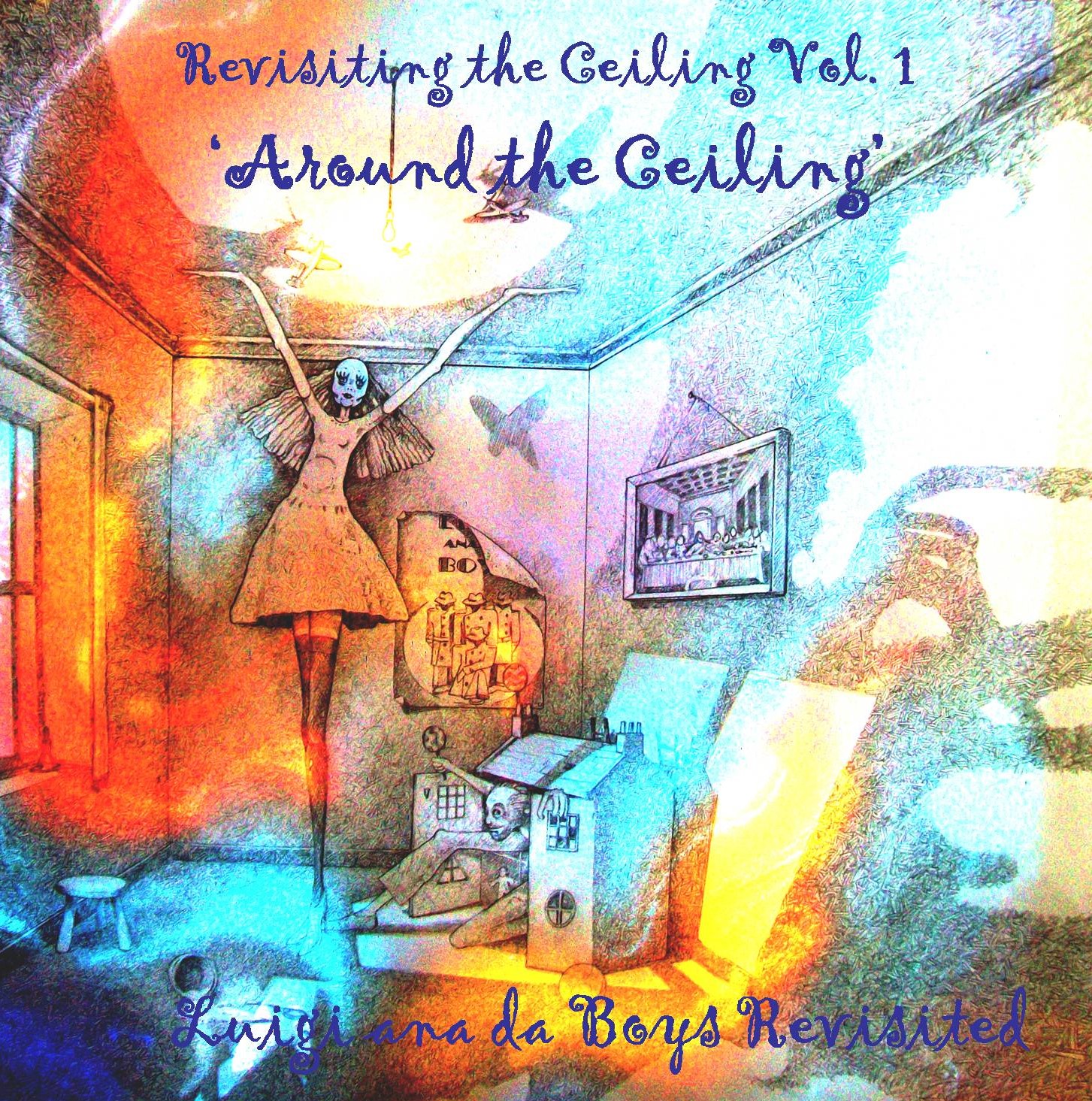
Which songs are you most proud of
Of the early material, I’m most proud of ‘Turn & Walk Away,’ ‘The End of Some Are Cold,’ ‘Feeling the Ceiling,’ and ‘J’accuse’.
But I have to say, Luigi’s material grew, it matured, it got better (in my humble opinion). Songs and instrumentals that I wrote after the album was released surpassed those early efforts. My favorite Luigi material would be some of those that Geoff and I recorded in 2013/14.
I’d have to pick ‘Joe, Lost,’ ‘Grip the Nap,’ ‘Long Dark Road,’ and ‘All the Way to Cathay’… they’re definitely my favorite Luigi compositions.
Looking back, what was the highlight of your time in Luigi? And where and when was your most memorable gig?
It was all good. Just to stand amongst friends and blast out music that I love, with that twin guitar sound, made me feel so very happy.
I’d have to say the “Luigi Revisited” reunion gig we played in 2014 was the climax I’d always hoped for. Luigi had sort of fizzled out in 1979, so to get Rob and Geoff back on stage with me and a full supporting cast of fine players from our shared past was the highlight for me.
It was such a buzz to play that material again. We had better equipment, a large, excellent PA and light show…and a maturity of playing ability and delivery that we had all accrued over the ensuing decades. To roll all that out in a three-hour show to a packed, full house of nearly three hundred die-hard Luigi fans was truly mind-blowing!
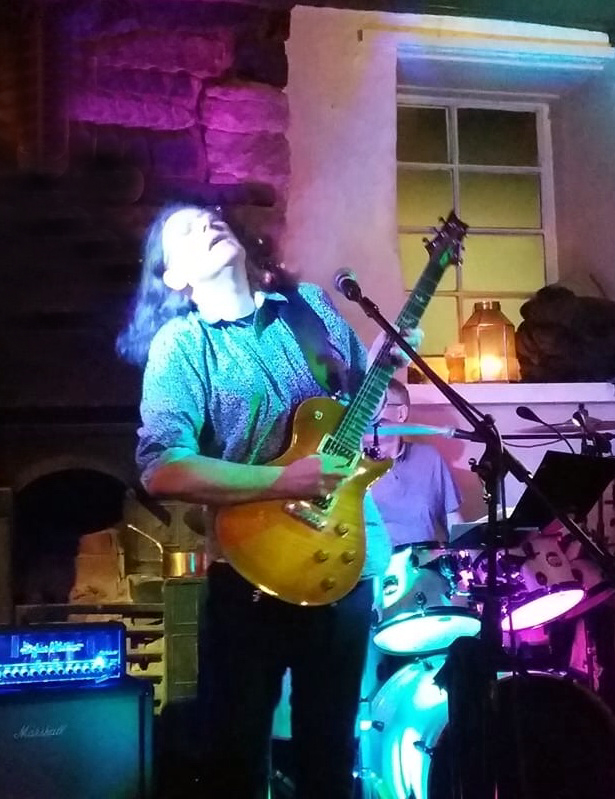
What currently occupies your musical life?
I don’t have a “day job” now; music is my full-time occupation.
I have the Folk-Rock “Duncan McFarlane Band,” still going strong for the past twenty-three years – and onwards!
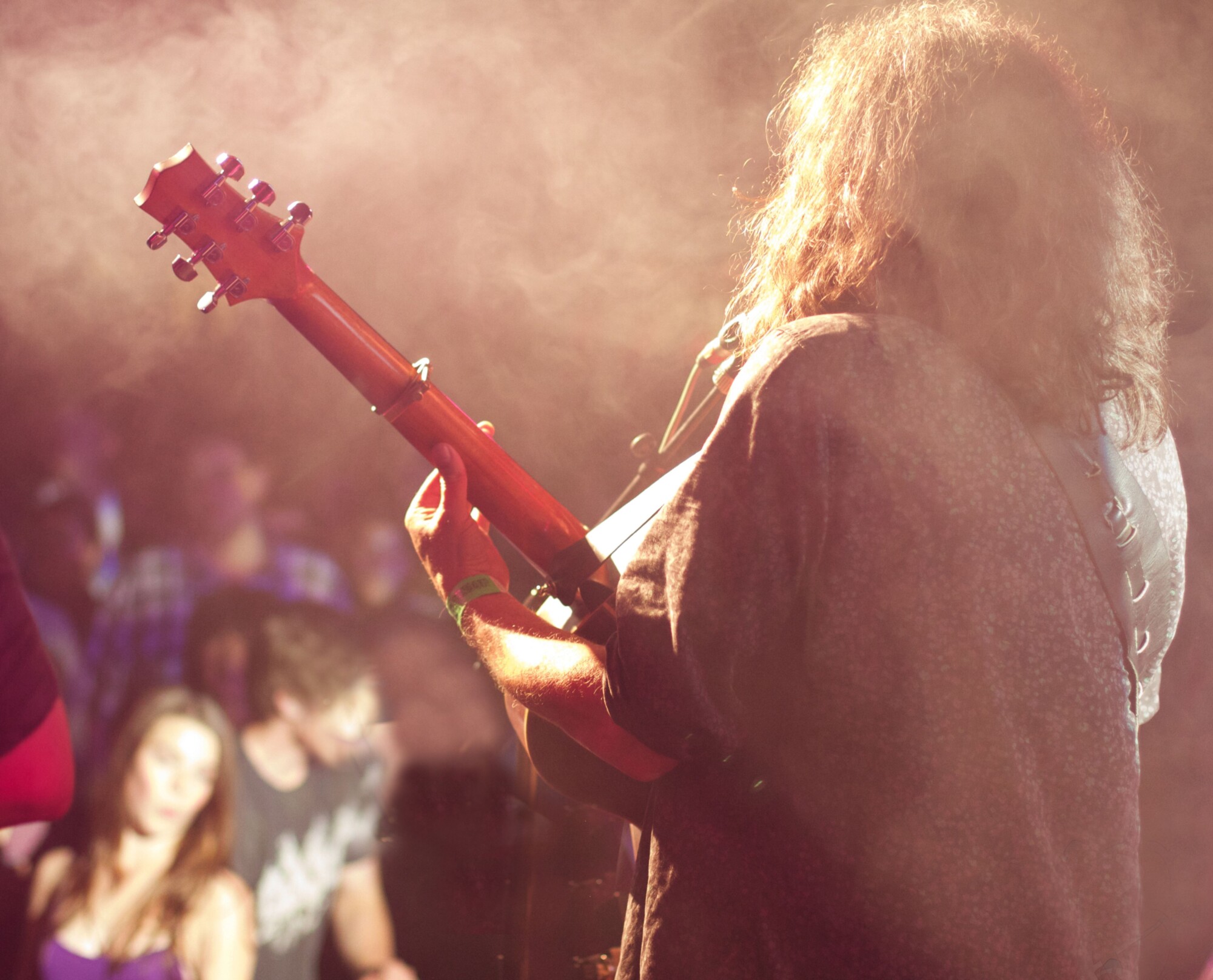
Even the pandemic “lock-down” that began in 2020 didn’t suppress my output. I recorded a song a day for 365 consecutive days and posted them daily on my Facebook page. Even though I ceased that “series,” I still put out at least one song per week on that page in a new series I call ‘A Song for your Sunday’. Check it out!
In addition to the Folk-Rock Band, I continue to play pub-rock venues in two bands… playing electric guitar in the “Max Band” (yes, it features twin-lead harmony guitars!)… and playing bass in a Blues-Rock band called “Howdoo”.
I also play the Folk Club circuit and Folk Festivals in a duo with Anne, the fiddle player from my Folk band. So I keep myself busy, then! Besides the website I mentioned earlier, you can find loads of my music on Facebook and my YouTube channel – they’re easy to find.
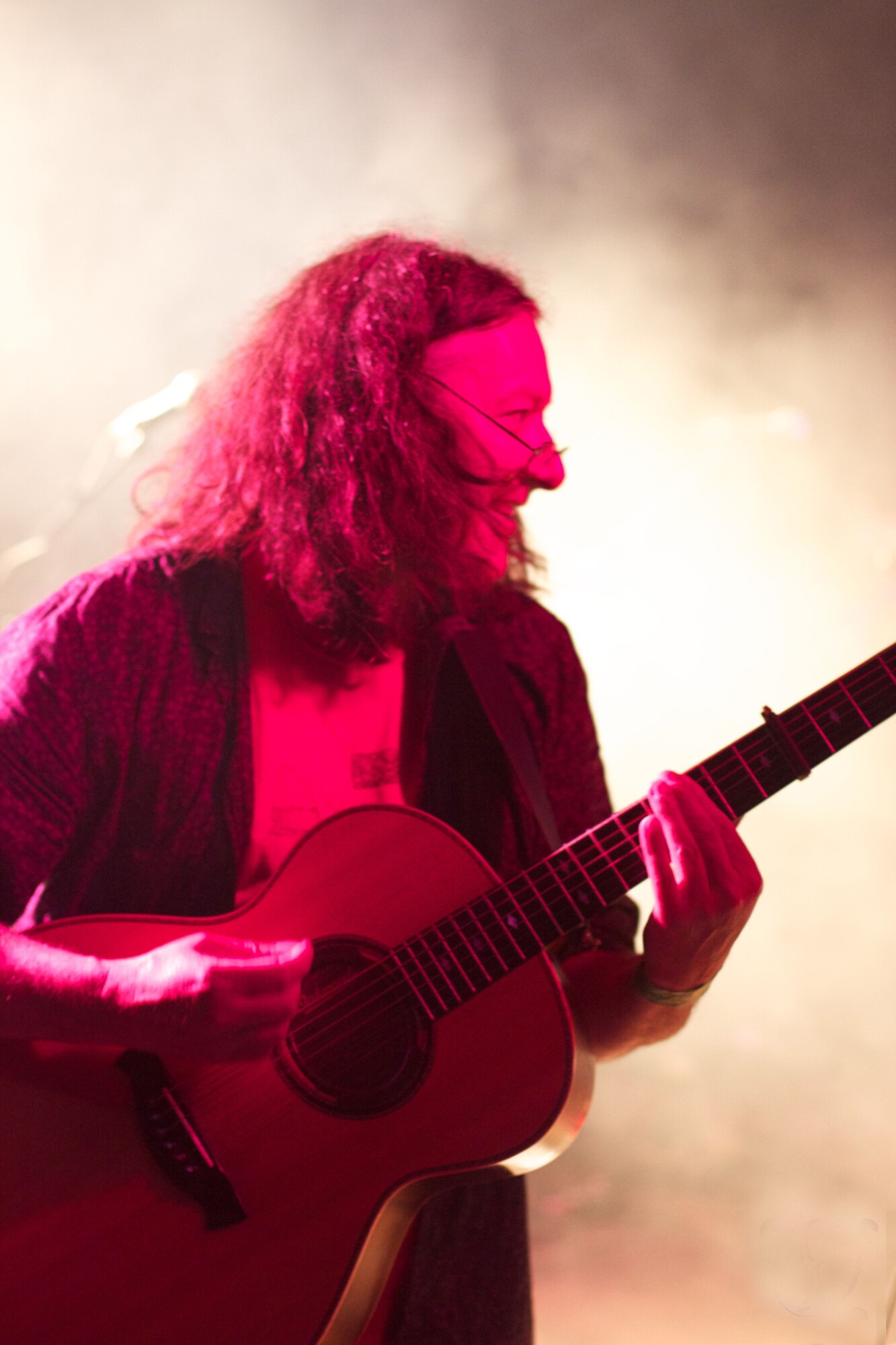
Thank you for taking the time to answer our questions. The last word is yours.
I’m so very pleased to still be playing music after so many decades. It’s been enormous fun, and long may it continue! I never made any attempt to make it a full-time profession, and yet it’s turned out to be a full-time occupation that’s been an absolute pleasure for me – and for tens of thousands of music fans at gigs I’ve played over the last six decades. I thank you all for listening, appreciating, and applauding – you keep me alive. I find it heartening that a mere “semi-pro” band got so much work and attention at a time when our style of music was considered passé.
One quote from the prestigious UK music paper ‘Melody Maker’ praised our album in 1978 but added, “What’s the use of being virtuosos in today’s musical climate.” We just laughed at that! Making good music and playing it to the best of one’s ability means more to us than the (then) passing phase of spitting and screaming over a wall of thrashed chords. While “punk” had its merits, actual musicality has proved to be more enduring, in our opinion. I’m also thrilled that Guerssen contacted me about re-releasing the original Luigi album on vinyl – especially with a proper sleeve and artwork, etc! Huge thanks to all who put it together. Finally, huge thanks to my favorite guitarist, Andy Powell of Wishbone Ash; not only for his music and being the inspiration for me to do what I do, but also for the help and advice he gave me regarding this re-release.
It fills me with pride when he puts “likes” and favorable comments on my Facebook musical posts. How bizarre that someone I’ve followed since 1970 actually keeps a weather-eye on the music I make. Isn’t the world of music wonderful!
Klemen Breznikar
Headline photo: Luigi Ana Da Boys
Luigi Ana Da Boys Official Website / Facebook / Instagram / Twitter / Bandcamp / YouTube
Guerssen Official Website / Facebook / Instagram / Twitter / Bandcamp / YouTube

